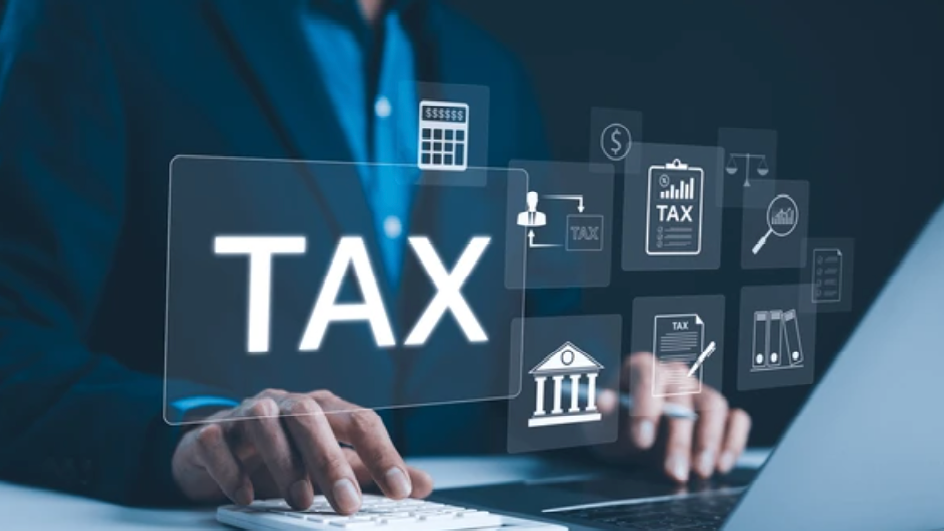Sustainability Reporting for EU Taxonomy Compliance.

Overview
Project: Development of a Sustainability Reporting Tool for Regulatory Compliance
Client: Multinational Engineering Conglomerate
Industry: Engineering and Manufacturing
Technologies Used: Data Science, Machine Learning, Model-Based Software, Financial and Non-Financial Data Integration
1. Background
With the rise of regulatory requirements, particularly driven by the EU Taxonomy, corporations are increasingly tasked with providing detailed sustainability reports alongside traditional financial metrics. For our client, a major player in the engineering and manufacturing industry, integrating this sustainability data with existing financial systems proved a complex challenge. The data required for this reporting, much of it managed by Environmental, Health, and Safety (EHS) departments, had to be aligned with financial reporting structures.
The urgency of the project—due to tight regulatory deadlines—further complicated matters. Developing a custom data capturing system from scratch wasn’t feasible given the time constraints, making rapid, flexible deployment a priority.
2. Objectives
- Integrate Financial and Sustainability Data: Seamlessly combine decentralized sustainability metrics, managed by EHS departments, with financial data from existing IT systems.
- Ensure Compliance with EU Taxonomy: Develop a reporting tool capable of categorizing sustainability data according to EU Taxonomy’s key criteria: Eligible, Aligned, Do-No-Significant-Harm.
- Enable Timely Reporting Across Systems: Provide a solution for real-time aggregation and reporting of sustainability data, directly feeding into the finance IT systems.
- Minimize Manual Effort: Automate data collection wherever possible, while allowing for manual data entry to fill gaps where automated data processes were not yet in place.
3. Solution
Given the tight deadlines and the necessity for rapid deployment, we implemented a highly flexible, model-based tool with the following components:
1. Model-Based Tool for Sustainability Data Aggregation
- Rapid Deployment Using Model-Based Software: To meet the project’s stringent timeline, we implemented a model-based software tool that generated the necessary front-end and back-end components rapidly. This allowed both automatic data pre-filling from existing systems and manual data entry where necessary.
- Manual and Automated Data Inputs: Where automated data streams were already in place, these were integrated into the system. However, for departments without established data capture processes, manual inputs from EHS teams were seamlessly incorporated into the tool, ensuring comprehensive coverage across all areas.
2. EU Taxonomy-Specific Aggregation and Reporting
- Regulatory Compliance with EU Taxonomy: The tool allowed users to accurately aggregate and categorize sustainability data based on EU Taxonomy's specific criteria. The data was then aligned with the financial reporting structure, ensuring compliance.
- Seamless Financial Integration: Sustainability metrics were aggregated and exported in formats compatible with the finance IT systems, ensuring smooth integration into the financial reporting workflow.
3. Flexible and Scalable Future-Proofing
- Built for Scalability: The tool was designed with future scalability in mind, allowing the client to adapt it as regulations evolve and additional reporting needs emerge.
4. Challenges
- Combining Financial and Sustainability Data: Financial data is often siloed within dedicated IT systems, while sustainability data is spread across various departments. Integrating these diverse datasets required careful planning to ensure accuracy and cohesion in the final reports.
- Decentralized Data Collection from EHS Departments: EHS data was managed by different teams across various locations, creating inconsistencies in reporting and challenges in standardizing the process.
- Tight Timeframe for Regulatory Compliance: The project had to be completed within six weeks, requiring a solution that could be rapidly implemented without sacrificing quality or accuracy.
5. Results
- Successful Prototype Delivered on Time: The tool was completed and showcased at a major industry event within the six-week deadline, allowing the client to meet its regulatory obligations on time.
- Seamless Integration of Financial and Sustainability Reporting: The system successfully integrated sustainability data with the finance reporting infrastructure, ensuring EU Taxonomy compliance and smooth reporting alignment.
6. Lessons Learned
- Cross-Departmental Collaboration is Essential: The integration of sustainability and financial data required close coordination between finance and EHS teams. Ensuring that all departments worked in sync was critical to the project’s success.
- Flexibility is Key in Tight Timeframes: The use of a model-based software tool was crucial for meeting the tight project deadline. It allowed rapid deployment without sacrificing the integrity of the final solution.
- Manual and Automated Data Collection Must Coexist: While automation was ideal, the flexibility to allow manual inputs ensured that all necessary data could be captured, particularly from departments with less mature data collection systems.
7. Conclusion
By developing a scalable sustainability reporting tool that integrated financial and non-financial data, we enabled our client to meet EU Taxonomy compliance deadlines. The model-based approach allowed for rapid deployment and flexibility, ensuring that the solution was both timely and future-proof. This project not only ensured compliance but also laid the foundation for ongoing improvements in sustainability reporting.
Innovative solutions that bridge the gap between sustainability and financial reporting. Together, we’ll help you meet today’s requirements and tomorrow’s challenges.

